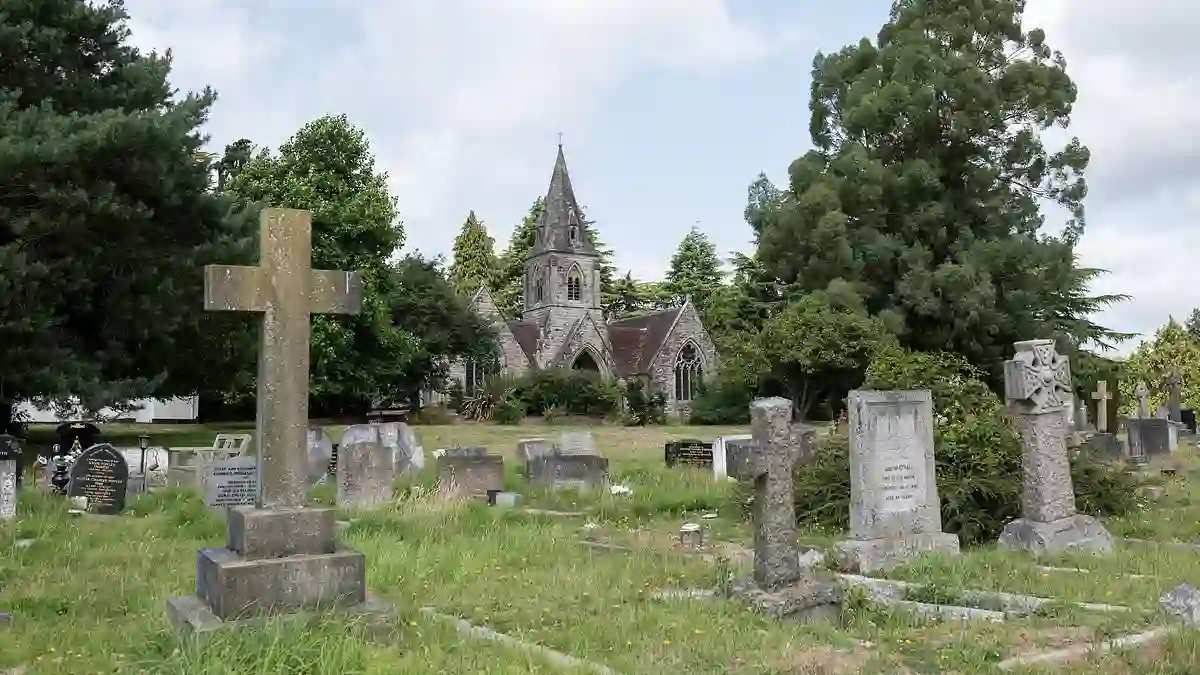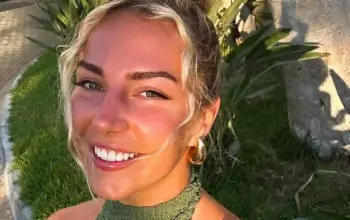What would you do if someone told you your local council planned to build luxury houses on a cemetery—right on top of graves that were never fully exhumed? That’s the exact situation playing out in Tunbridge Wells, and residents are furious.
Many are now accusing their local authority of deception, disrespect, and trying to quietly erase the past to make way for development.
The Truth Comes Out—Only Four Bodies Were Removed
It all began with a Freedom of Information request submitted by the group Friends of the Tunbridge Wells Cemetery.
They wanted clarity about a housing development proposed for land on Benhall Mill Road, once part of Tunbridge Wells Cemetery.
While residents were previously told all bodies had been exhumed in 2020, the FOI response revealed a very different reality: only four of fifteen known paupers’ graves had actually been dug up.
The exhumed names were George Langridge, Maria Thomsett, George Cross, and George Payne.
But that leaves 11 other individuals—including a baby named Frances Sarah Day—still potentially buried beneath the ground earmarked for 20 new homes.
“We’re Being Taken for Fools,” Say Furious Residents
Understandably, locals are outraged. Campaigner Justin Quinn didn’t mince his words: “It’s insulting to be told one thing by the council only to find out via FOI that the facts are very different.”
He and others say the council’s failure to remove all the remains not only betrays public trust but shows blatant disregard for the people once laid to rest there.
The FOI was only filed after workers hinted to elderly neighbours that some bodies might be buried too deep to reach.
That raised red flags for campaigners who then uncovered the truth: not everyone had been exhumed, despite claims otherwise.
A Sacred Place, Not Just a Plot of Land
Athanasios Sermbezis, 79, whose in-laws are buried nearby, called the move both disrespectful and morally wrong.
“This is sacred land.
Even if it’s old, you don’t build over graves,” he told reporters.
“Yes, we need homes—but not at the cost of disturbing the dead.”
Others echoed his view. One resident, Tamara Galloway, was “appalled” that the council would even consider building on a functioning cemetery.
Another, Elaine Lawrence, questioned how anyone could think this was acceptable: “Please stop this madness!”
What About the Law? And Where’s the Accountability?
Legally, the situation is murky. Campaigners cite the Disused Burial Grounds (Amendment) Act 1981, which they believe mandates all remains be removed before any building can go ahead.
Yet the council appears to have only partially complied.
And while a gravestone was erected claiming to honour and represent all 15 individuals, critics say it’s a smokescreen—a way to make it appear like the matter is closed when it clearly isn’t.
Council’s Response: “We Did What Was Required”
A council spokesperson defended their actions, stating that “specialist teams carried out the exhumations with dignity” in 2020 and reburied the found remains in a different part of the cemetery.
They added that the work was done in consultation with Friends of the Cemetery and that the Diocese of Rochester had confirmed the land wasn’t consecrated.
Still, those claims are being met with serious skepticism.
Residents point to the clear discrepancy between what was promised and what actually happened, saying the trust has been broken.
The People Still Presumed to Be Buried There
According to campaigners, the following individuals are still believed to be resting beneath the development site:
-
Frances Sarah Day (baby), 1873
-
Richard Geer, 1874
-
Dennis Geer, 1873
-
Rebecca West, 1873
-
Joseph Austen, 1874
-
Charles Lee, 1874
-
Sarah Morley, 1877
-
William Henry Everest, 1879
-
Martha Wheeler, 1875
-
Maria Batting, 1875
-
Thomas Batting, 1918
-
Sarah Batting, 1928
These names serve as a reminder that real people, with real stories, lie beneath this patch of earth.
Final Straw for Campaigners: “We Won’t Let This Go Quietly”
The council’s plan includes building 16 homes (10 three-bedroom, 6 two-bedroom) and a four-unit flat block, with 30 parking spaces—20 equipped with EV chargers.
But with mounting opposition, the project is quickly becoming a political and ethical headache.
Campaigners like Robin Parsons summed it up bluntly: “Would this be happening if famous or influential people were buried there? I don’t think so.”
The message from the community is now loud and clear—respect the dead, tell the truth, and build elsewhere.



